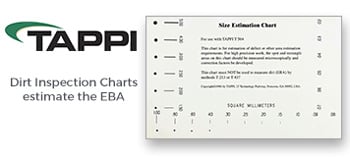Is the Lowest Refining Intensity the Best in Low Consistency Refining of Hardwood Pulps?, 1994 Papermakers Conference Proceedings

Please Note: This document will be available in PDF format in the "My Electronic Documents" link on the home page once your order has been completed. Please make sure you have the latest version of Acrobat Reader. Click on the Acrobat Reader icon to check for the latest version, it’s FREE. To print a hardcopy of a PDF file correctly you must have a postscript printer. If you are not sure if your printer is a postscript printer please refer to your owner’s manual.
It is generally accepted that there is an optimum refining intensity when refining long fibre softwood pulps. Too low an intensity is not able to develop strong fibres and too high an intensity on its behalf cuts the fibres and creates fines. In case of weaker and shorter hardwood fibres the refining intensity must be a lot lower, and it is too often believed that the lower the intensity is, the better the fibre development and the lower the total energy consumption. Several hardwood refining trial series have confirmed that a decreased refining intensity almost always reduces the net refining energy consumption. This is opposite to the refining behavior of softwood pulps. Hardwood refining trials have confirmed that both too low and too high intensity means a higher total refining energy consumption than is possible by operating on a correct refining intensity area. The findings indicate that there is an optimum refining intensity to give the lowest total energy consumption.





